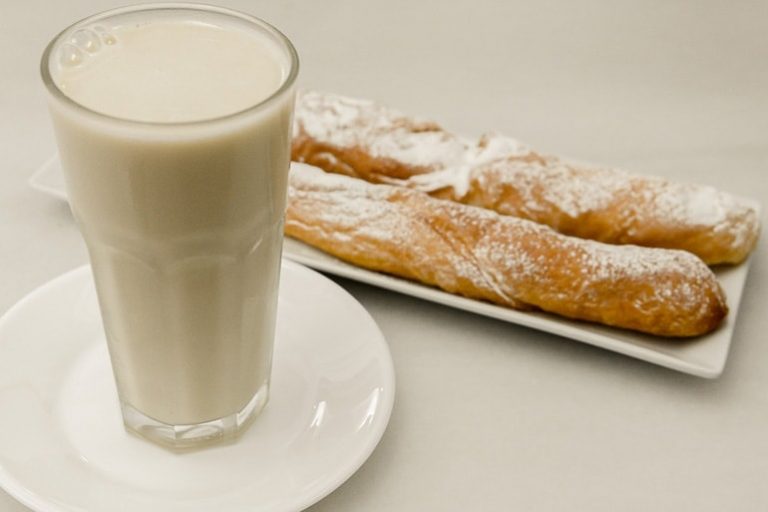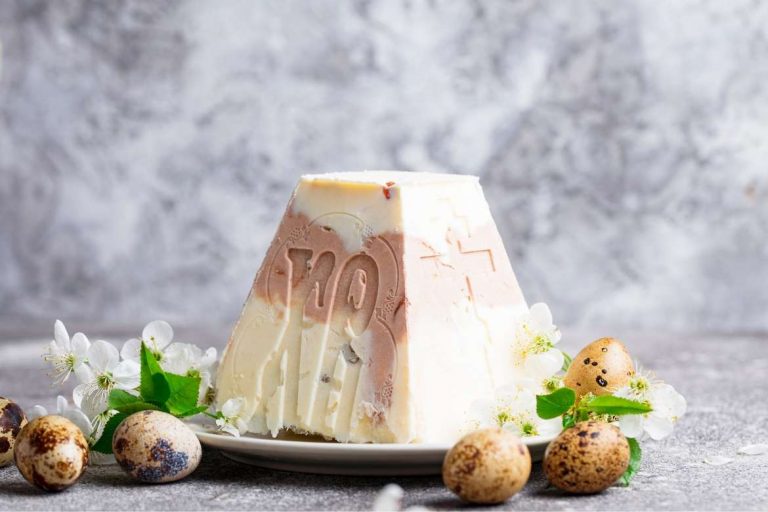A great advantage of Spanish cuisine is the possibility to innovate without compromising the essential pillars of its culinary tradition. This characteristic is possible thanks to a food culture built through unity and sharing, which values the quality of local ingredients and places Spanish food at the center of relationships. The best example is the culture of Spanish tapas and pinchos (in Basque pintxos), which are famous snacks and appetizers in Spanish gastronomy.
Even with internationally famous dishes, such as Paella Valenciana, the Spanish appetizers best represent Spanish cuisine diversity. It makes room for infinite varieties of portions without losing its essence.
Spanish Tapas
The Royal Spanish Academy defines tapas as “a small portion of some food served as an accompaniment to a drink.” These portions are equivalent to appetizers as they are called in other countries.
The most iconic region for tapas is Andalusia. There, tapas are served as an accompaniment to drinks. In other words, you order a drink and receive a free mini portion of some house specialties. In other regions of Spain and more tourist places, tapas are part of a complete menu, and you pay for each portion.
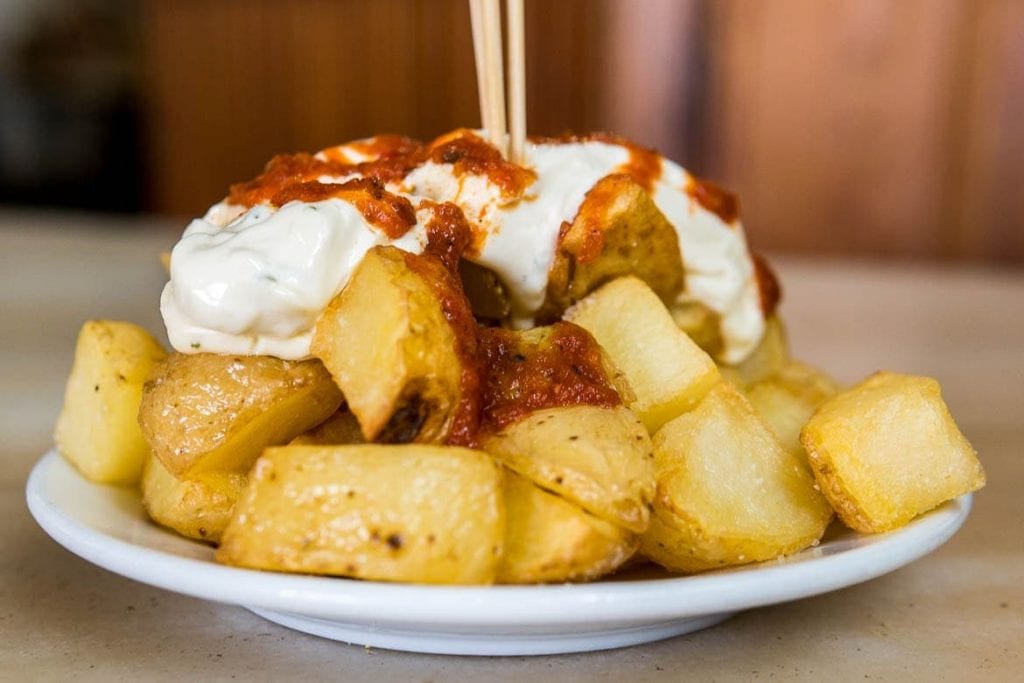
Pinchos and Pintxos
The Spanish pincho is originally from the Basque country, where it is called pintxo. Also defined by the RAE (Spanish Royal Academy), the pintxo is a “portion of food consumed as an appetizer, which is sometimes pierced with a toothpick.” In other words, pintxos are assembled snacks, in which a ‘toothpick’ (called a pincho) is used to attach one or more ingredients to a small slice of bread, hence the term pinchar.
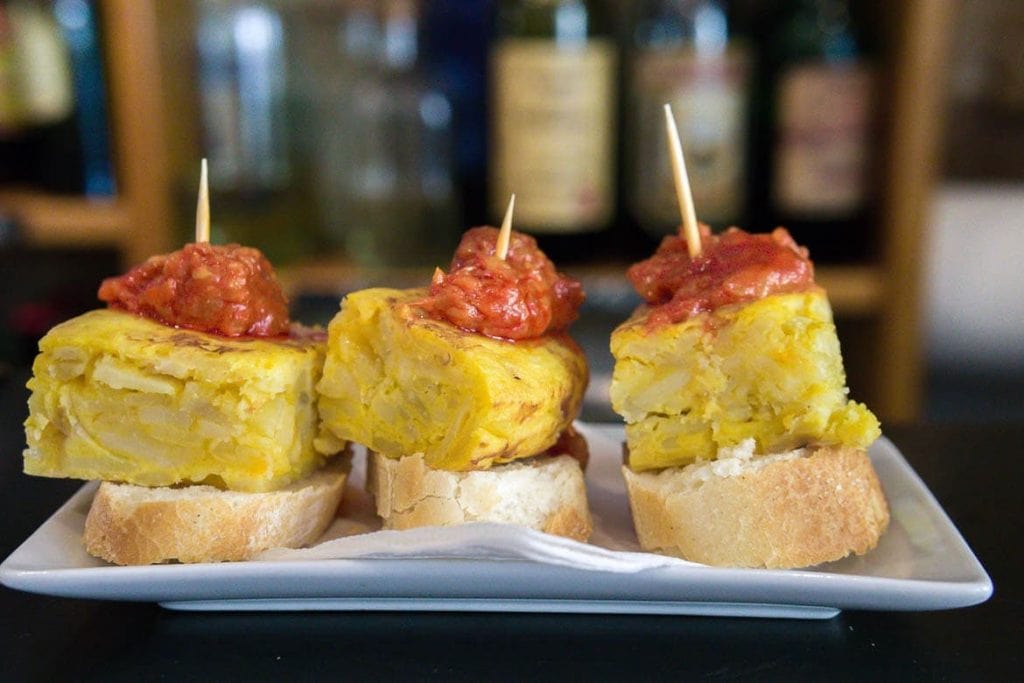
There is also banderillas, a type of pintxo where the ingredients are stuck on a toothpick without the slice of bread, usually made with pickled vegetables, fish, and olives.
Currently, pintxo is found throughout Spain, but it is to the north that it represents an essential pillar of local food culture. In addition to the Basque Country, which includes San Sebastián and Bilbao, the regions of Navarra, Cantabria, and La Rioja are also famous for the culture and quality of the pintxos.
Be careful not to confuse Spanish pinchos (pintxos) with Latin American pinchos, very popular in countries like Puerto Rico and Venezuela. The Latin version is more similar to the pinchitos, grilled meat skewers, another traditional appetizer in Andalusia.

Main differences between Tapas and Pintxos
Spanish tapas and pintxos differ in several aspects, such as using cutlery to eat tapas, while pintxos are eaten with the hands and in a few bites. Another difference is that, unlike tapas that can come for free as an accompaniment to a drink, the pintxo is never free, and neither the drink that accompanies it.
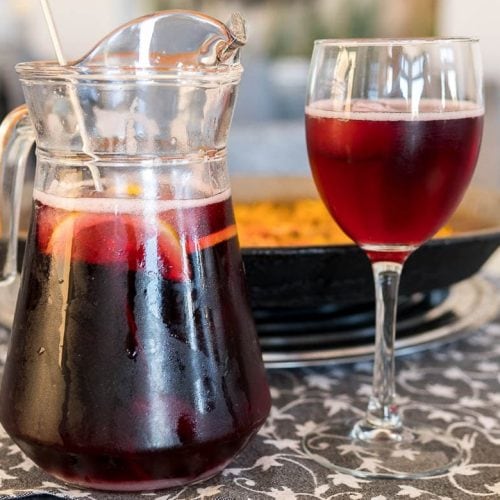
What is Tapear and Picar
Tapas and Pintxos encompass an entire gastronomic social movement that goes beyond food and drinks. This local habit is known as tapear and picar. It means going out with friends or family to eat tapas, pintxos, drink something, and socializing.
How to order Tapas and Pintxos in Spain
Tapas
In the more traditional areas of Andalusia, the tapas come with the drink you ordered. However, if you go to a tapas bar in other regions, you will receive a menu with the house options, pay for each tapa you order, and sit on a stool next to the counter or tables. By the way, all Spanish tapas go very well with beer, a glass of wine, or cava.

Pintxos
There are two situations when ordering at pintxos bar:
- Cold pintxos: usually, they are already displayed on the counter. Just take an empty plate and help yourself. If the staff behind the counter picks up a plate and looks at you, it means you choose, but they get it for you.
- Hot pintxos: order directly at the counter, and you will be notified when it’s ready.
In the Basque Country, toothpick also helps when paying the bill, indicating how many pintxos you ate. The favorite local drink to accompany the pintxos is txacolí, a sparkling white wine. Other popular drinks are apple cider and zurito, as the half glass of beer is called.
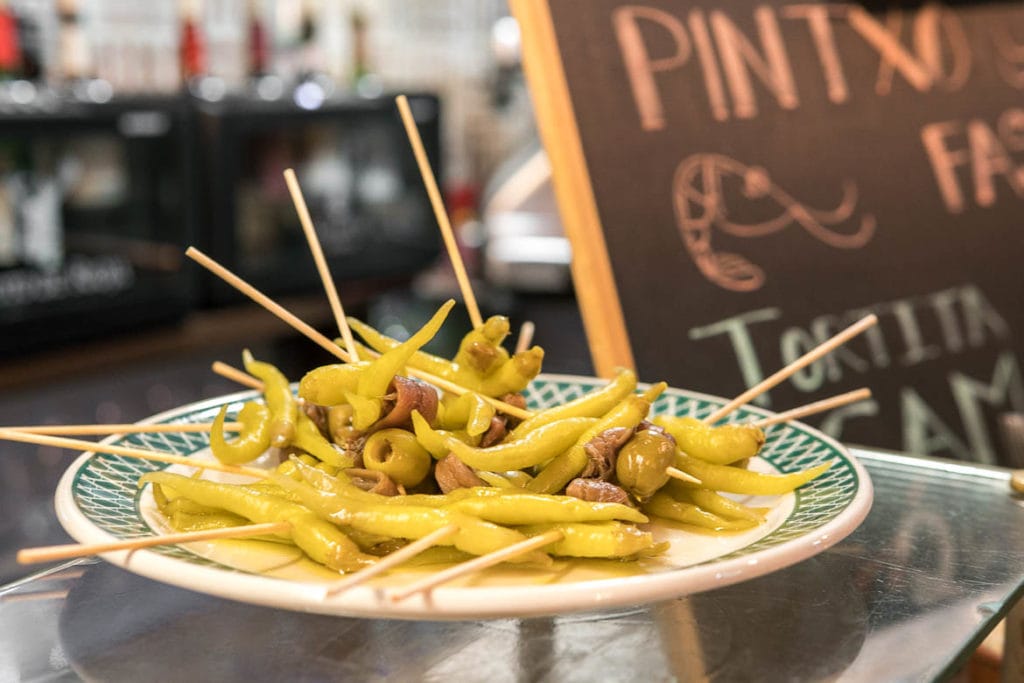
Examples of Spanish Tapas and Pintxos
- Tortilla – Spanish omelet;
- Patatas bravas alioli – friend potato with garlic mayo sauce;
- Pan con tomate or Pan tumaca – bread with tomato from Catalonia;
- Gildas – guindilla pepper usually serve as a pintxo, known as Banderillas;
- Pulpo a la Gallega or Polbo à Feira – octopus with paprika, olive oil, and salt;
- Pimientos Padrón;
- Croquetas – fried dumpling with meat and bechamel sauce;
- Figatell Valenciano – traditional tapa in Valencia, this will surprise you!
Tradition and Freedom
Tapas and pintxos represent a kitchen of freedom. A place where tradition is valued without inhibiting creation. Always respecting local ingredients and seasonality without compromising quality, creativity, and of course, good conversations.


